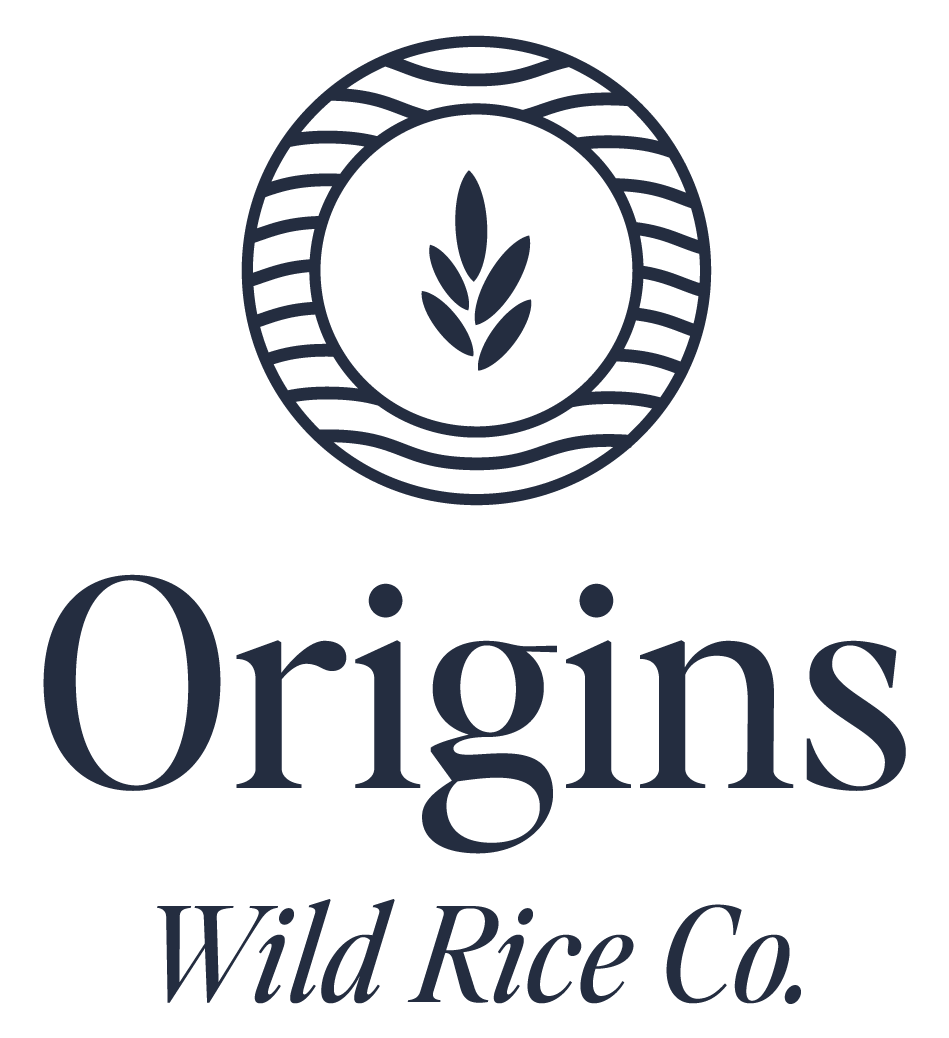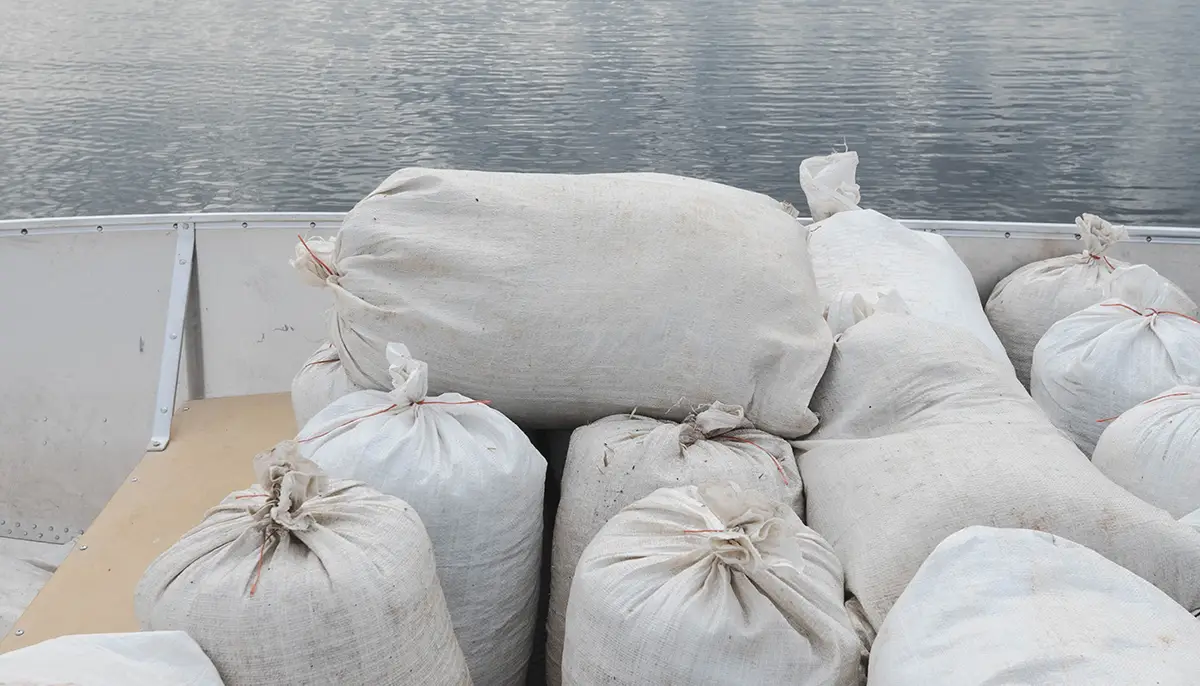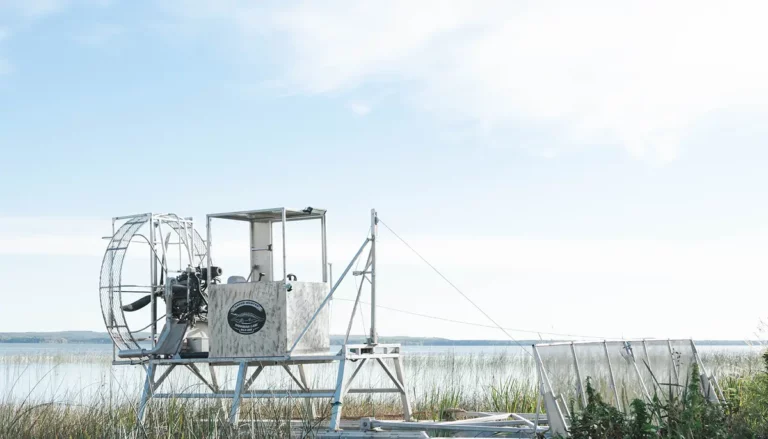Wild rice, a staple of North American indigenous cultures and a unique aquatic grass, is not only celebrated for its nutty flavor and nutritional benefits but also for its remarkable lifecycle. Once the harvest is complete, the wild rice plant embarks on a journey that reflects the beauty of nature’s resilience. Let’s explore what happens to wild rice after the harvest and how it contributes to the ecosystem.
The Harvesting Process
Before diving into what happens post-harvest, it’s essential to understand the harvesting process. Wild rice is traditionally harvested by hand using a method called “knocking,” where the rice grains are gently tapped from the plant into a canoe. This sustainable technique ensures minimal disruption to the surrounding ecosystem. To learn more about how Origins harvests wild rice please see our blog post titled “Sustaining Wild Rice Harvesting”
After the Harvest: The Life Cycle Continues
1. Seed Dispersal
Once the rice is harvested, the remaining seeds from the plants continue to play a crucial role in the ecosystem. Many kernels are left behind, either due to the harvesting method or by natural fall. These seeds can stay dormant in the sediment for several years, awaiting the right conditions for germination. This natural seed bank ensures the continuity of wild rice populations and helps maintain genetic diversity.
2. Regrowth and Restoration
In the following growing season, the seeds that have settled into the mud will sprout, leading to new plants. The life cycle of wild rice is closely tied to water levels and environmental conditions. If conditions are favorable—adequate water, sunlight, and minimal disturbance—the wild rice beds will flourish again, often leading to even more robust growth than in previous seasons.
3. Habitat for Wildlife
The aftermath of harvesting also provides critical habitat for various species. The tall, dense stands of wild rice offer shelter for waterfowl, fish, and other wildlife. During the non-growing season, the remnants of the plants, including stems and leaves, contribute to the habitat, providing food and nesting materials for birds and other creatures.
4. Nutrient Cycling
After the rice is harvested, the decaying plant material returns nutrients to the aquatic ecosystem. As the leftover stems and leaves decompose, they enrich the soil, promoting healthy growth for future plants. This nutrient cycling is vital for sustaining the aquatic ecosystem, supporting not only wild rice but also a diverse array of flora and fauna.
5. Cultural and Community Aspects
For many indigenous communities, the wild rice harvesting season is not just about the rice itself but also about cultural traditions and community bonding. After the harvest, many groups engage in ceremonies and celebrations, honoring the plant and its importance to their heritage. This connection to the land and the life cycle of wild rice reinforces sustainable practices and respect for the environment.
Conclusion: A Cycle of Renewal
The story of wild rice after the harvest is one of resilience and renewal. From seed dispersal and regrowth to providing vital habitats and nutrients, wild rice plays an integral role in its ecosystem long after the grains are gathered. This cycle not only highlights the importance of sustainable harvesting practices but also deepens our understanding of how interconnected our natural world is. As we enjoy wild rice in our meals, let’s remember the remarkable journey it undertakes, contributing to the rich tapestry of life in our wetlands.




